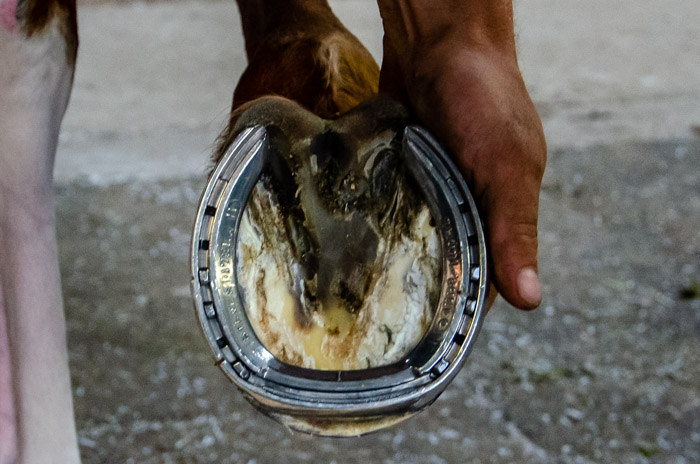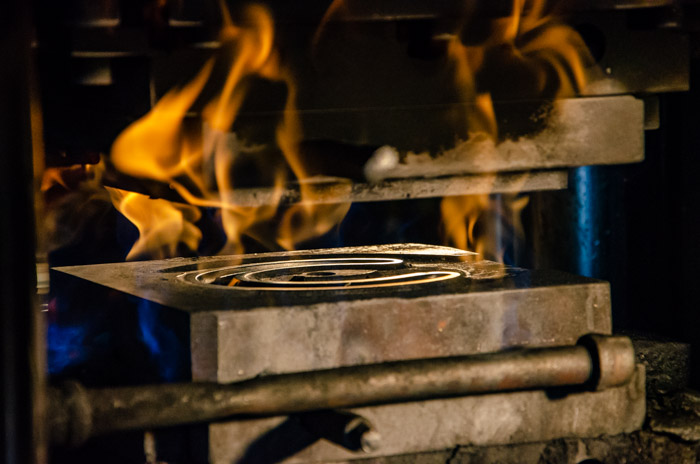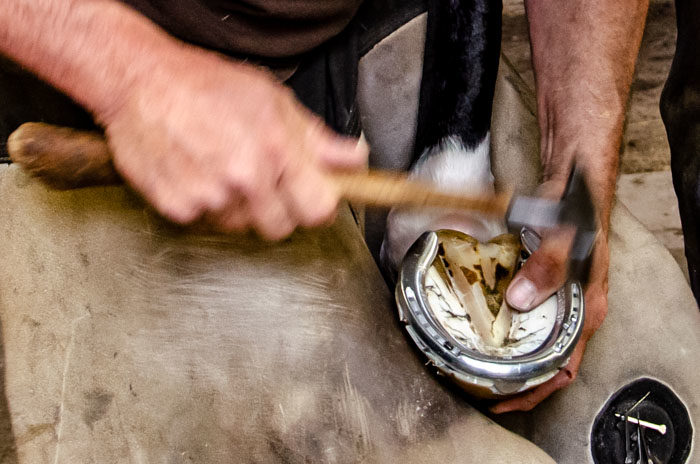Thoroughbred farriers across the United States will be subject to new federal shoeing rules that aim to improve the safety of racetracks, riders and their mounts.
The Horseracing Integrity and Safety Authority’s (HISA) 31-page Racetrack Safety Program imposes a bevy of new regulations ranging from surface monitoring and testing, veterinary inspections and treatment, and riding crop use, among others. The rules will take effect July 1, 2022, on all racetracks in the U.S.
“The Racetrack Safety Program’s multi-faceted approach will enable veterinarians, horsemen and all racing participants to optimize the safety of every horse before they set foot on the track while also increasing our understanding of the conditions that contribute to equine injuries,” according to a statement attributed to Lisa Lazarus, HISA chief executive officer. “The importance of this program cannot be overstated as we build on advances the industry has already made by implementing national, uniform rules and regulations, increasing accountability, and using data- and research-driven solutions to enhance the safety of our horses and jockeys.”

The new shoeing rules, which can be found on Page 27 in Section 2276 of the HISA Racetrack Safety Program, focus specifically on the traction devices that farriers are permitted to apply.
“Except for full rims 2 mm or less from the ground surface of the horseshoe, traction devices are prohibited on forelimb and hindlimb horseshoes during racing and training on dirt or synthetic tracks,” the rule states. “Traction devices are prohibited on forelimb and hindlimb horseshoes during training and racing on the turf.”
HISA defines traction devices as including “but are not limited to rims, toe grabs, bends, jar calks and stickers.”
The rule does not reference toe wear plates nor nail height. However, the language in the definition of traction devices leaves it open to interpretation.
"I am glad to see this rule," Dr. Scott Morrison of Rood & Riddle Equine Hospital in Lexington, Ky., said in a statement. "There is clear evidence that toe grabs have a negative biomechanical effect on the musculoskeletal system of the horse. It will improve the health and safety of the horses. I also think this rule will help even the playing field as all horses will need to be shod in a similar manner. Additionally, it removes the pressure on farriers to shoe horses with toe grabs, which compromise the hoof capsule and makes their job of maintaining a healthy hoof more difficult."

HISA’s Racetrack Safety Committee, which is chaired by Dr. Susan Stover of the University of California, Davis, scrutinized rules and practices, as well as received suggestions from state racing commissions, racing participants and industry organizations while drafting the regulations. The Federal Trade Commission also solicited public comment before enacting the rules.
“These new rules will decrease fatalities by detecting horses with mild pre-existing conditions through expanded veterinary oversight and the review of medication and treatment records and training histories,” says Stover, who is a member of the International Equine Veterinarian Hall of Fame. “They will also provide a window into understanding and preventing the development of mild injuries in the first place via uniform surface maintenance standards and ongoing data analysis.”
The establishment of HISA was the federal response after a series of doping scandals and equine racetrack fatalities. The Consolidated Appropriations Act of 2021, which was signed into law by President Donald Trump, recognized HISA as an independent enforcement entity that establishes uniform standards for medication, track safety and testing for performance-enhancing drugs.
Learn More
- Read the Horseracing Integrity and Safety Authority’s Racetrack Safety Program, which details the rules that will be in place July 1, 2022.









Post a comment
Report Abusive Comment